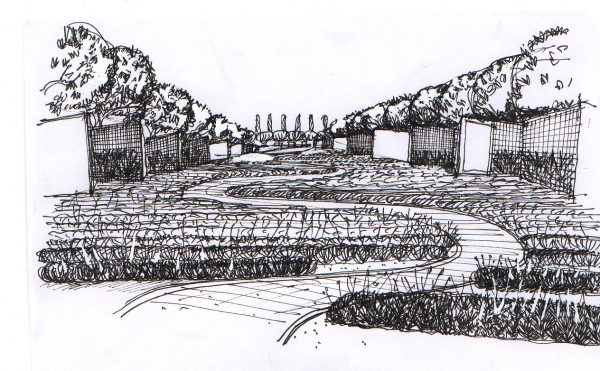Rehabilitation of the Keratsini’s Coastal Zone

View Gallery
Type
Public Works
Location
Keratsini , Athens
Type
2000
NATIONAL COMPETITION
1ST PRIZE
ARCHITECTURAL STUDY
REACT aRCHITECTS - GEM ARCHITECTS
CIVIL ENGINEER
IOANNIS BAZOS
MEP
EFSTATHIOS EMMANOUILIDES
LANDSCAPE DESIGN
KAROLOS CHANIKIAN
GEOTECHNICAL STUDY
P.PANTZARIS AND ASSOCIATES
The study area extends between the old factory to the sea, an area of over 150 acres, a coastal public space of great importance for the residents of Keratsini and the wider area.
The purpose of the study is to create an Ecological Park of activities with public and communal areas in an artificially landscaped natural landscape. Tree planting is a dominant element of the proposal, and is done with aesthetic and practical criteria: pines near the sea and the landscaped plateaus, deciduous trees, palm trees on the main path leading to the sea, olives to the residential area, cultivation areas for the community.
This landscaped landscape incorporates functions for the purpose of education, entertainment, information, sports.
A key element of the intervention is the creation of the appropriate conditions to enable the effective participation of the citizen. The new landscapes are thematic units that are intertwined creating systems, areas of activity of the users. The old industrial buildings are partially removed or reused depending on their evaluation.
It is a multifaceted synthesis of functions and situations with constant alternations and interpretations. Functions defined by a mental state map, a scenario that allows you to wander in all areas. The “scenarios” that can be defined are many and depend on the intentions of each visitor, however the most interesting is the fact that one can discover the events of the Park without a specific program.
A thematic map of wandering that floats between space and time is essentially designed. Situations are defined that signal these changes, for example, with the appropriate planting, the alternations of the seasons are recognized and, respectively, with the continuous movement and fluctuation of the water system level, we have spatial changes, etc.
The involvement of the user, and the activation of his activity is an important element of the planning strategy indicates the willingness to privatize the public space.
The architectural concept of the whole Park is subordinated to the individual activities topologically structured and can not exist without the active presence of each user. It is an architecture of wandering and mainly the synthesis of thematic situations.



























